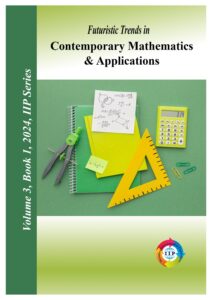- AQAR
- AQAR
- 1. Curricular Aspects
- 2.Teaching-Learning & Evaluation
- 3. Research, Innovation & Extension
- 4. Infrastructure and Learning Resources
- 5. Student Support and Progression
- 6.Governance,Leadership and Management
- 7. Institutional Values & Best Practices
- 7.1 Institutional Values and Social Responsibilities
- 7.1.1 PROMOTION OF GENDER EQUITY
- 7.1.2 Sources of Energy and its Conservations
- 7.1.3. WASTE MANAGEMENT
- 7.1.4 – WATER CONSERVATION FACILITY
- 7.1.5. – GREEN CAMPUS INITIATIVES
- 7.1.6.- QUALITY AUDITS ON ENVIRONMENT & ENERGY
- 7.1.7 – DISABLED FRIENDLY/ BARRIER – FREE ENVIRONMENT
- 7.1.8 Efforts/Initiatives For Inclusive Environment
- 7.1.9 Sensitization To Constitutional Obligations
- 7.1.10 Code Of Conduct
- 7.1.11 National And International Commemorative Days
- 7.2 Best Practices
- 7.3 Institutional Distinctiveness
- 7.1 Institutional Values and Social Responsibilities
- AQAR
- NAAC THIRD CYCLE SSR
- 1. Curricular Aspects
- 2. Teaching-Learning & Evaluation
- 3. Research, Innovations & Extension
- 4. Infrastructure & Learning Resources
- 5. Student Support & Progression
- 6. Governance, Leadership and Management
- 7. Institutional Values & Best Practices
- 7.1 Institutional Values and Social Responsibilities
- 7.1.1 Promotion of Gender Equity
- 7.1.2 Sources of Energy & its Conservation
- 7.1.3 Waste Management
- 7.1.4 Water Conservation
- 7.1.5 Green Campus Initiatives
- 7.1.6 Quality Audits on Environment & Energy
- 7.1.7 Disabled-friendly Environment
- 7.1.8 Efforts/Initiatives for Inclusive Environment
- 7.1.9 Sensitization to Constitutional Obligations
- 7.1.10 Code of Conduct
- 7.1.11 National and International Commemorative Days
- 7.2 Best Practices
- 7.3 Institutional Distinctiveness
- 7.1 Institutional Values and Social Responsibilities

